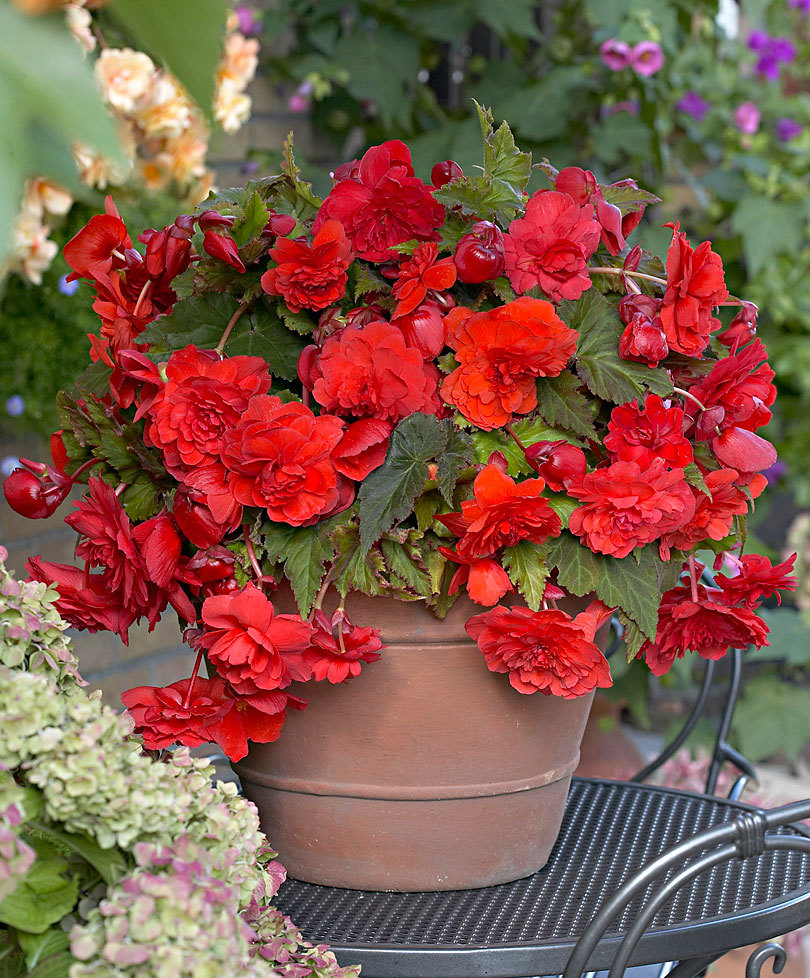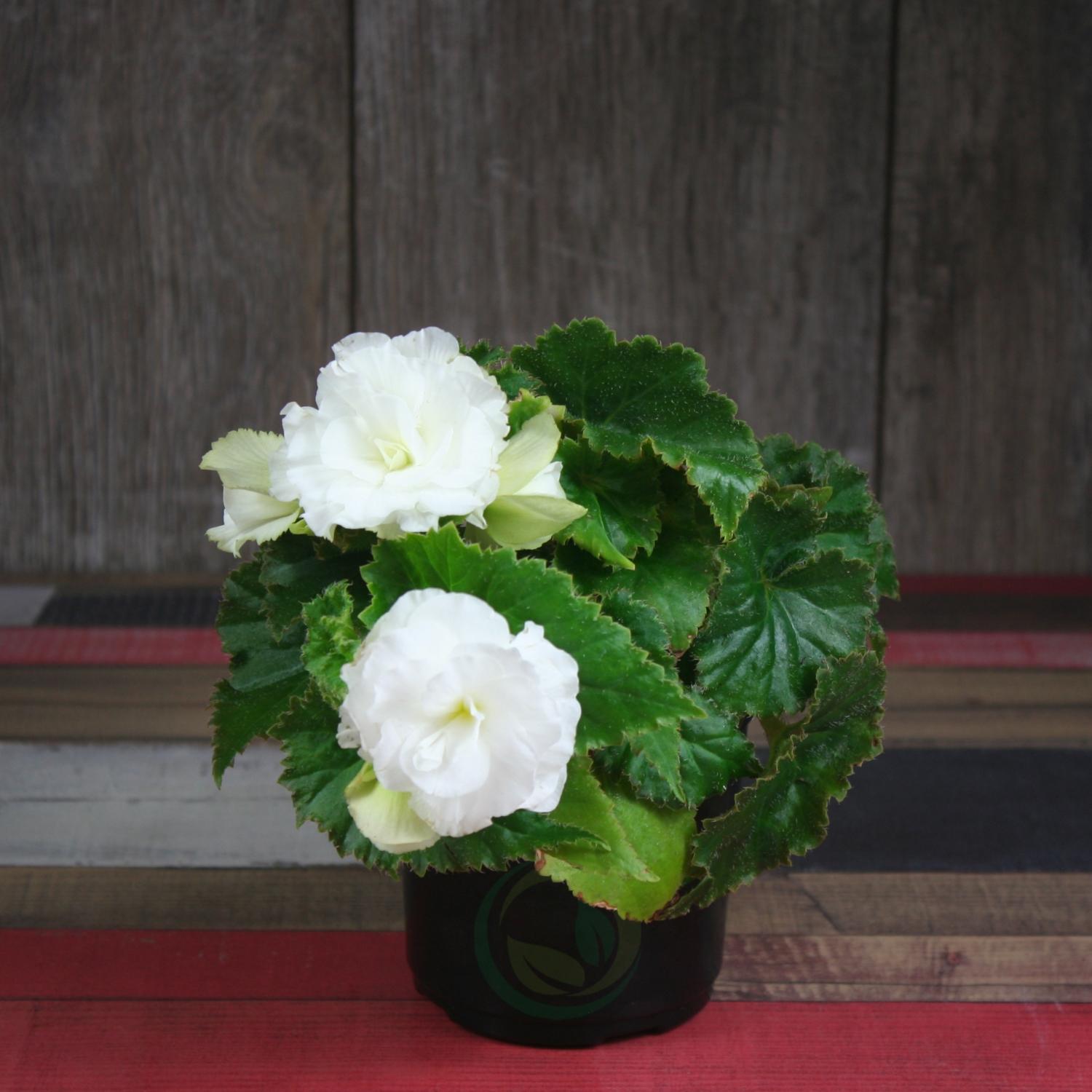Most fans of ornamental plants try to propagate their favorite types of indoor flowers on their own. Begonia is the most common home grown.
Its bright flowers can delight the eye for a long time and decorate the living space. Many housewives are worried about how to grow begonia, how to propagate it? We learn about the features and methods of propagation of this popular flower from the article.
Content
Features of growing begonia flowers
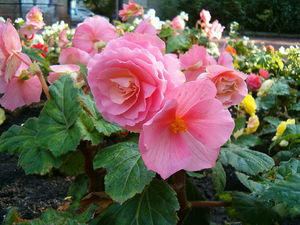 In our climatic conditions, outdoor begonia can only grow in warm weather. Basically her grown at home on the windowsills, since many varieties are thermophilic plants.
In our climatic conditions, outdoor begonia can only grow in warm weather. Basically her grown at home on the windowsills, since many varieties are thermophilic plants.
Many begonia lovers also grow it. in open flower beds, alpine slides. With the onset of cold weather, it is again placed in houses.
Total types of begonias is about 1,000, among them there are annual and perennial... The plant belongs to the genus Begonia, which in the form of the aboveground part can be:
- herbaceous plants;
- semi-shrub;
- undersized shrubs.
Ever-flowering begonia attractive not only for its bush shape. Its variety of bright colors of inflorescences and leaf shapes can amaze any gardener. Begonia sizes are also surprisingly varied.
The smallest can grow up to several centimeters. There are varieties of begonias that reach a height of 3 meters.
Begonia is decorative flowering and decorative deciduous. Due to their popularity, breeders began to breed new hybrid species based on tuberous begonia. After that, large-flowered species began to appear.
Flower care
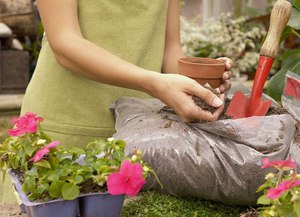 Decorative blooming begonias love good lighting, but without direct sunlight. Begonias are native to the tropics, so they love warmth. She will feel comfortable at 20-25 aboutC, the main thing is that the temperature does not fall below +15 aboutFROM.
Decorative blooming begonias love good lighting, but without direct sunlight. Begonias are native to the tropics, so they love warmth. She will feel comfortable at 20-25 aboutC, the main thing is that the temperature does not fall below +15 aboutFROM.
The flower must be protected from direct sunlightcreating diffused light. Otherwise, it can cause burns on the hardwood during hot seasons. It is believed that it is ideal to place begonias pots in the west or east of the room.
You need to water the plants warm settled water, and the humidity in the room should be at 60%. The required humidity level can be ensured by placing containers with water nearby or using a humidifier.
Watering and feeding
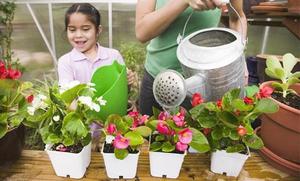 It is necessary to water the plant when the soil in the pot is 1–2 cm dry. The flower does not react well to abundant watering and may die if it is constantly watered excessively.
It is necessary to water the plant when the soil in the pot is 1–2 cm dry. The flower does not react well to abundant watering and may die if it is constantly watered excessively.
It is advisable that during watering, moisture does not get on the leaves, which from this will begin to hurt and disappear. Best to water under the root or in a pallet.
Begonia during flowering and before the onset of color responds well to feeding. It is advisable to use liquid complex fertilizers once a fortnight for decorative flowering species.
For decorative foliage, it is better to use nitrogenous fertilizersas this type of feeding will promote the growth of a juicy and lush green mass.
How to care for a plant during dormancy
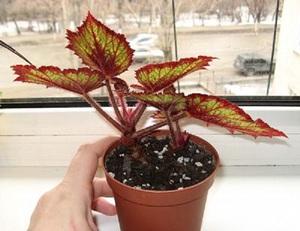 The resting time of begonias is different, it depends on the type of plant. It can be noticed by the drying of the foliage and its shedding after the flowering period. During this time, begonia needs rest. It is necessary water lessand be sure to remove all dry aboveground parts.
The resting time of begonias is different, it depends on the type of plant. It can be noticed by the drying of the foliage and its shedding after the flowering period. During this time, begonia needs rest. It is necessary water lessand be sure to remove all dry aboveground parts.
It is advisable to put a flower pot to a shaded place with a temperature of 10-12 aboutC and water no more than once a month. Basically, the rest period for ever-flowering begonias falls on the winter. For planting, it is better to use a soil mixture of the following components:
- 1 part sand.
- 1 part of black soil.
- 1 part peat.
- 2-3 pieces of leafy land.
The potting mix should be moderately moist and light... The transplant can be done during the warm season, when the plant needs a more spacious container.
Begonia - reproduction
In flower growers, begonias are divided into two groups - tuberous and root. There are several ways to propagate this indoor flower:
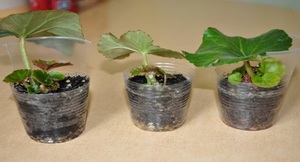 Seeds.
Seeds.- Stem cuttings.
- Vegetatively.
- Tubers.
- Sheet.
Now it is worth dwelling in more detail on each of them in order to know how begonia should reproduce correctly. It is worth noting that for each type of begonias, you need to select your own breeding method.
Applying any method of breeding begonia, you need to know that spring is the most favorable period for this procedure. Considering that such a beauty in stores is not cheap, it can be easily reproduced in a convenient way at home.
Dividing tubers
This method is the most common among florists. Tuber divided into several parts so that each individual has a kidney. The cut points must be covered with ash.
For planting, only moistened soil is used, into which the tuber is vertically lowered. Further, the dishes with the tuber are covered with a film and placed in a well-lit place in the room.
After a while, the tuber will take root and take root, after which the film is removed, and the begonia is transplanted into a specially selected pot for growing a flower.
Propagation by leaf cuttings
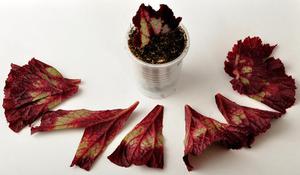 This method is ideal for those who want to get as much planting material as possible. This method of breeding begonias will require careful handling. Before starting, you need to cut off the most healthy and strong leaf.
This method is ideal for those who want to get as much planting material as possible. This method of breeding begonias will require careful handling. Before starting, you need to cut off the most healthy and strong leaf.
It is placed on glass, and the edges are cut without touching the thick veins. The remaining sheet is divided into squares and dipped in sand and peat or sand. They should take root in 15–20 days.
The container with seedlings should be covered and you should not touch it all this time. As soon as the shoots appear, the shelter can be removed, the young shoots need to be ventilated. Then the shelter is put back in place. This method of breeding begonias is great for a flower with a creeping stem.
Stem cuttings... This method is suitable for bush begonias. A stalk with two buds is taken, two cuts are made on it. One slice should be at the top and the other at the bottom.
It is also necessary to remove half of the large leaves on the cuttings. They are required covered with transparent dishes or polyethylene. The shelter is periodically removed so that the cuttings can ventilate.
How to propagate begonia by seed
 For inexperienced growers, this method is very difficult, since it requires certain knowledge, experience and patience. You will need to devote a lot of free time and effort to get a positive result.
For inexperienced growers, this method is very difficult, since it requires certain knowledge, experience and patience. You will need to devote a lot of free time and effort to get a positive result.
Winter is considered the most favorable time of the year for seed propagation of begonias. To do this, you must have a special container and soil mixture. It should be made of sand, earth and peat.
For them to rise well and amicably they need create certain conditionscomfortable for their development:
- low temperature;
- high level of humidity;
- bright daylight.
After sowing the seeds, the soil mixture should be well moisturized from a spray bottle. You can also immerse dishes with planting material in a container of water. The water should reach the middle. Such access to moisture will better affect the germination of seeds.
The soil should darken with moisture, after which the container with seeds is removed from the water. You can maintain the humidity level with a glass shelter. Dishes with seedlings should be placed in a bright but not sunny place to avoid drying out the soil.
When the first shoots appear, the shelter is removed, and the container is placed in a well-lit place. Young shoots are also needed feed with nitrogen-containing fertilizer... For diving seedlings, a special mixture of sand, peat and leafy earth is selected.
Seedlings require careful handling, they are carefully removed from the container and transferred to the prepared dishes using pegs so as not to damage the root system. The peg makes a hole of the depth in which the seedlings grew before diving.
The distance should be at least 2.5 cm between them. After transplanting, the soil is watered and the seedlings are placed in a warm and well-lit place. With the appearance of several leaves, seedlings can be transplant into separate pots.
